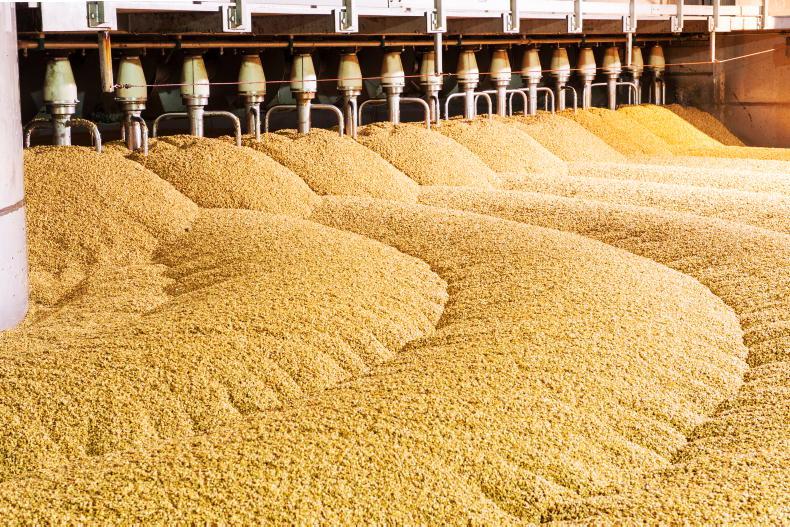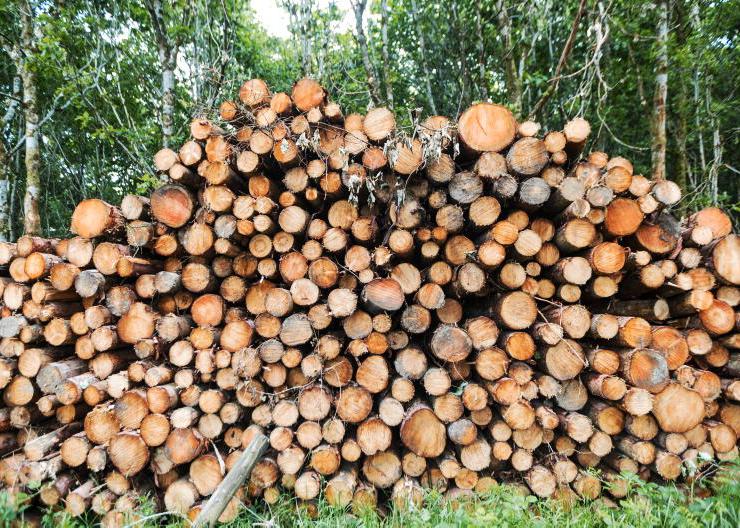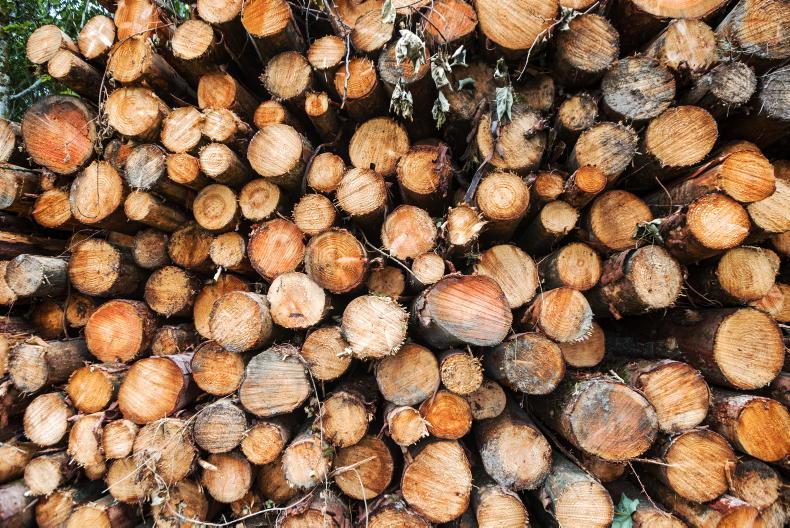The sectoral emissions targets are problematic for a number of reasons, including the fact that they exclude the land use sector, which is a source of emissions and needs to be addressed urgently, says chair of the Climate Change Advisory Council (CCAC) Marie Donnelly.
Land use, land use change and forestry (LULUCF) is a source of 11.4% of national emissions, according to the most recent Environmental Protection Agency (EPA) inventory.
This sector is separate to agriculture, yet delivery is very much reliant on farmers.
The Government has decided to defer setting an emissions ceiling for the LULUCF sector for 18 months. This is to allow for the completion of the land-use strategy, which is currently under way.
It is a challenging decision, given that it was already agreed that the ceiling for this sector would be between 38% and 57%. This is substantially above agriculture.
The strategy will examine the latest developments in scientific knowledge relating to the sector’s emissions, according to the Government statement.
What is LULUCF?
The sector includes six land use categories: forest land, crop land, grassland, wetlands, settlements (all developed land, transport infrastructure), other land and harvested wood products.
In terms of emissions accounting and action, it is treated as a separate sector to agriculture. However, farmers are very much key to addressing the emissions generated by this sector.
Actions taken by farmers and land owners are necessary to turn this sector from a source of emissions to a sink that actually removes carbon from the atmosphere and stores it.
Why is it important in terms of emissions?
This sector is key to tacking climate change, as it provides the only natural method of removing and storing carbon from the atmosphere.
Ireland is unusual in that LULUCF is a net source of emissions. However, there is significant potential for this sector to, over time, become a substantial carbon sink.
Forestry: most European countries have large forestry coverage that act as carbon sinks, removing carbon from the atmosphere.
Ireland’s forestry is currently removing carbon dioxide, but it is projected to become a source of emissions by 2030, as forestry will be clear felled at a higher rate than planting.
Grassland: not all grassland is the same in terms of emissions. Grassland on mineral soils sequesters carbon dioxide (CO2), while grassland on peat soils emits CO2.
According to Teagasc, roughly four times more carbon is emitted than sequestered from soils because of these peat soils.
Managed differently, they offer huge potential to sequester carbon dioxide. Teagasc's Gary Lanigan explains the carbon sequestration potential of different soils in very simple terms.
“If you compare it to a sink, you’re sandy soil is a small wash hand basin, your clay soil is a bath and your peat soil is a swimming pool.”
When peat soils are drained, they emit huge amounts of CO2, equivalent to 10 cows per ha, according to Gary.
A very substantial amount of carbon dioxide is being emitted from both grassland and cropland on drained peat soils.
Wetlands: wetlands are also a net source of carbon emissions in Ireland. Drained peatland for peat extraction is the main source, which includes cut-away peatlands such as Bord na Mona.
Peatlands, before they are drained, emit a small amount of methane similar to a cow. However, when drained, they emit a very large amount of carbon dioxide, which has been stored for thousands of years.
Teagasc is undertaking research to directly measure the amount of carbon dioxide that is being emitted by soils including peat soils.
This will allow it to establish how close the Irish values are to the Intergovernmental Panel on Climate Change (IPCC) book values on soil emissions that are currently being used.
In addition, it is examining what happens when you alter the water table in peat soils. According to Lanigan, there is a sweet spot in terms of reducing carbon dioxide emissions and not exacerbating methane emissions.
The likely ask of farmers
Reducing emissions by 25% from agriculture is an enormous undertaking at farm level. However, reducing emissions by between 38% and 57% in LULUCF will require transformative action by farmers and landowners.
The CCAC modelled a 51% reduction in emissions from this sector by 2030. It noted that reductions of 51%, while challenging, are possible.
It would require afforestation of 139,000ha, rewetting of 113,000ha of grassland and rewetting of 63,000ha of peatlands by 2030.
Other measures would include better management of 450,000ha of mineral grassland soils and increased cover cropping and straw incorporation on 100,000 to 150,000ha.
Ultimately, the ask of farmers will be significant, but has yet to be agreed by Government.
Farmers will be asked to engage in the activities above at some defined level. In order to achieve these stretching targets, they will need to be well paid for their efforts and for managing that carbon sink.
In terms of rewetting, one option would be aligning to the prevailing carbon price on the EU carbon market. Taking the current carbon price of €84/t CO2, a landowner managing a carbon sink of 20t/ha could potentially be paid over €1,500/ha/year.
It’s difficult for any farmer, particularly those who had been encouraged to drain land, to consider rewetting. However, it may offer a good financial return, possibly in addition to some reduced level of production on that land. It cannot be done without appropriate verifiable payments.
Government will be acutely aware that this is Ireland’s answer to the Amazon rainforest and it will require investment over a long term to motivate the necessary action.
As the strategy for their sector is yet to be agreed, farmers need to ensure they fully understand this complex sector and ensure that Government puts in place a package of strong financial incentives and returns.









SHARING OPTIONS